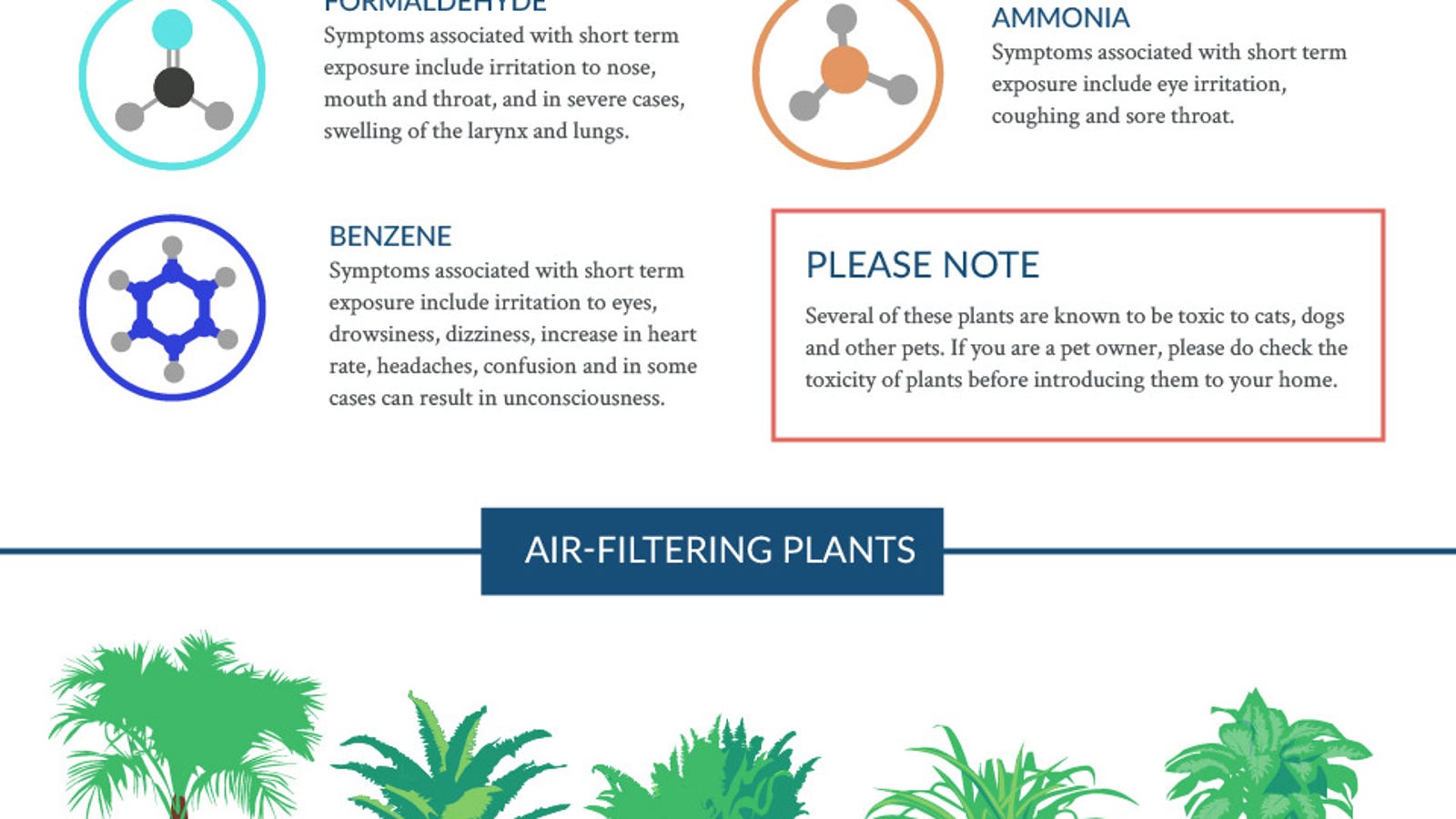The Ultimate Overview To Understanding Heat Pumps - Exactly How Do They Function?
The Ultimate Overview To Understanding Heat Pumps - Exactly How Do They Function?
Blog Article
Short Article Created By-Roy Best
The best heat pumps can conserve you substantial amounts of cash on power expenses. They can additionally help in reducing greenhouse gas discharges, specifically if you use power instead of fossil fuels like propane and heating oil or electric-resistance heating systems.
Heat pumps function very much the same as air conditioning system do. This makes them a viable option to standard electric home heating systems.
Exactly how They Work
Heat pumps cool down homes in the summer and, with a little aid from electricity or gas, they supply some of your home's home heating in the winter season. They're an excellent choice for people that want to decrease their use nonrenewable fuel sources yet aren't prepared to change their existing furnace and air conditioning system.
They rely on the physical fact that also in air that seems too cold, there's still energy present: cozy air is constantly moving, and it wishes to relocate right into cooler, lower-pressure environments like your home.
A lot of power celebrity certified heatpump run at near to their heating or cooling capability throughout a lot of the year, minimizing on/off biking and saving energy. For the best performance, concentrate on systems with a high SEER and HSPF ranking.
The Compressor
The heart of the heat pump is the compressor, which is additionally referred to as an air compressor. This mechanical moving gadget makes use of prospective energy from power development to raise the stress of a gas by reducing its quantity. It is various from a pump in that it only services gases and can't work with liquids, as pumps do.
Climatic air enters the compressor via an inlet shutoff. It travels around vane-mounted arms with self-adjusting length that divide the interior of the compressor, developing several dental caries of differing size. The rotor's spin forces these cavities to move in and out of phase with each other, compressing the air.
The compressor pulls in the low-temperature, high-pressure refrigerant vapor from the evaporator and compresses it right into the warm, pressurized state of a gas. This process is repeated as needed to supply home heating or cooling as called for. https://drive.google.com/drive/folders/1019ORns6pjOaHvLT24lhPI8vCwd1p-yv includes a desuperheater coil that recycles the waste warm and adds superheat to the cooling agent, altering it from its fluid to vapor state.
The Evaporator
The evaporator in heat pumps does the exact same thing as it does in refrigerators and ac system, altering liquid cooling agent right into an aeriform vapor that removes warm from the area. Heatpump systems would certainly not work without this important tool.
This part of the system lies inside your home or structure in an interior air trainer, which can be either a ducted or ductless unit. It includes an evaporator coil and the compressor that presses the low-pressure vapor from the evaporator to high pressure gas.
Heat pumps take in ambient heat from the air, and then utilize electrical power to move that warm to a home or organization in home heating mode. That makes them a great deal a lot more energy efficient than electrical heating units or furnaces, and due to the fact that they're making use of tidy electrical energy from the grid (and not melting fuel), they also generate far less discharges. That's why heatpump are such great ecological options. (In addition to a big reason they're ending up being so prominent.).
The Thermostat.
Heatpump are excellent alternatives for homes in chilly climates, and you can use them in combination with typical duct-based systems or even go ductless. They're a great different to fossil fuel heater or conventional electrical furnaces, and they're more sustainable than oil, gas or nuclear heating and cooling devices.
Your thermostat is one of the most important element of your heat pump system, and it functions extremely differently than a standard thermostat. All mechanical thermostats (all non-electronic ones) work by using compounds that change size with boosting temperature level, like curled bimetallic strips or the increasing wax in a car radiator valve.
https://www.facilitiesnet.com/maintenanceoperations/tip/Deferred-Maintenance-Complicates-COVID-19-Measures--47711 consist of 2 different types of metal, and they're bolted together to form a bridge that finishes an electric circuit attached to your HVAC system. As the strip obtains warmer, one side of the bridge broadens faster than the various other, which triggers it to flex and signify that the heater is required. When the heatpump remains in home heating setting, the turning around shutoff reverses the flow of cooling agent, to ensure that the outside coil currently operates as an evaporator and the indoor cylinder ends up being a condenser.